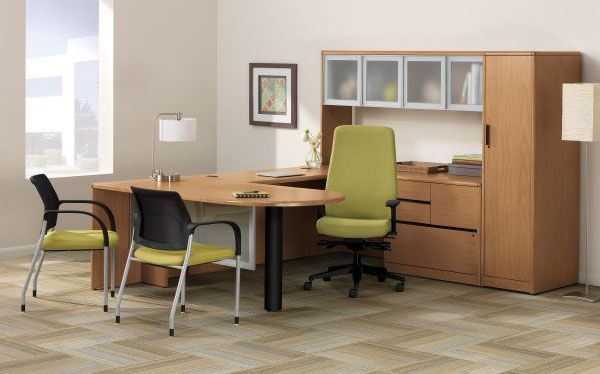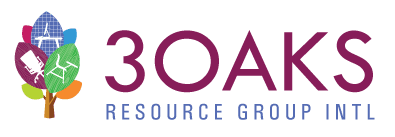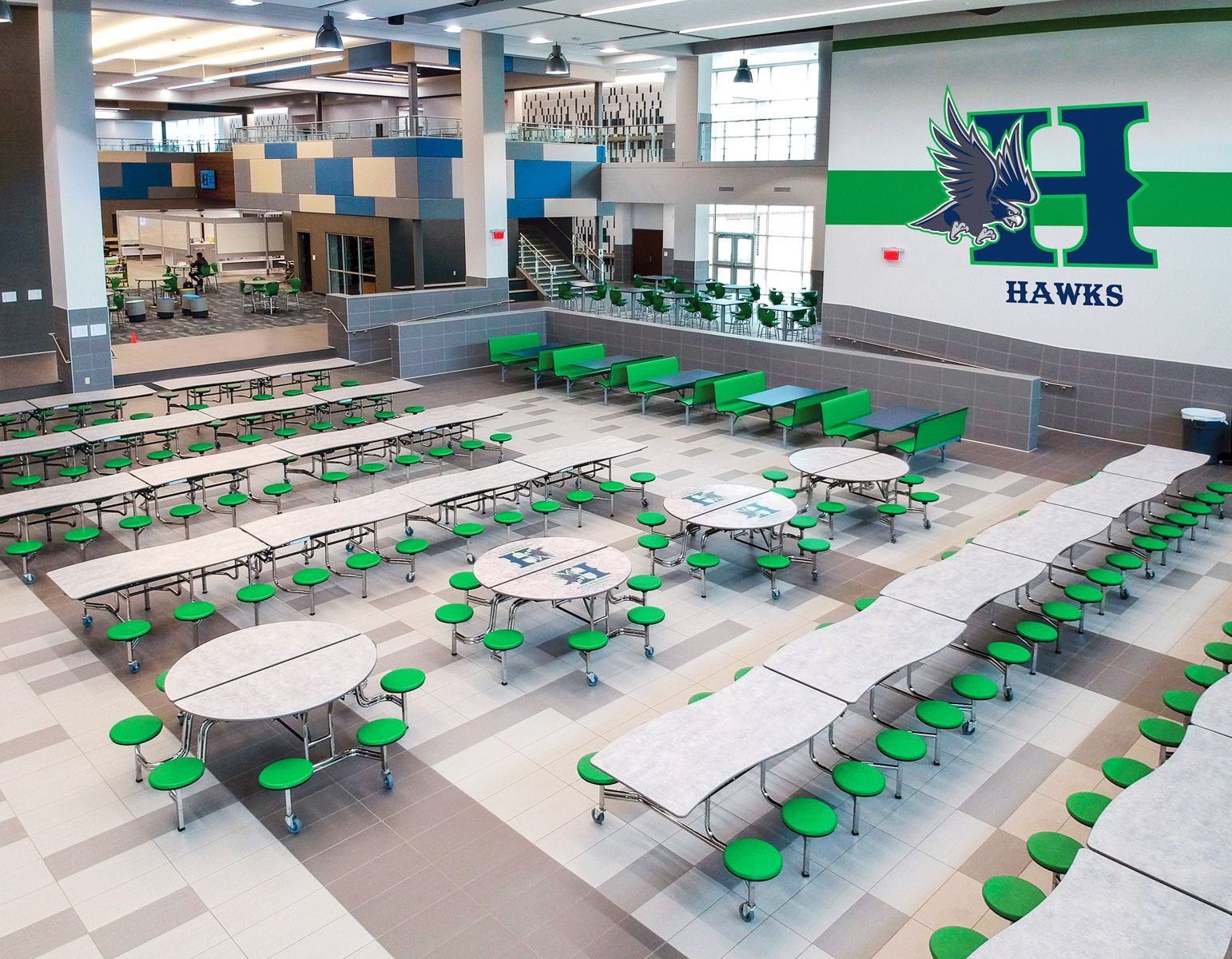Three Key Areas of Focus to Build Strong Adminstrative Teams
Leadership Development in Charter and Private Schools

Strong leadership is the backbone of successful charter and private schools. A well-trained and cohesive administrative team can inspire teachers, drive student success, and create a positive school culture. In fact, the National Association of Secondary School Principals (NASSP) reports that effective school leadership can improve student performance by up to 25%. This article will explore how schools can recruit, train, and retain a strong administrative team.
- Recruiting Strong Leaders
The recruitment of effective leaders begins with a clear understanding of the school’s mission and values. Schools should look for candidates who not only have the necessary credentials but also align with the school’s culture. According to a report by the American Institutes for Research, schools with clearly defined leadership criteria see a 20% improvement in leadership retention.
Networking is another key tool. Schools can attend educational leadership conferences and leverage platforms like LinkedIn to find high-quality candidates. The Education Leadership Association recommends setting up mentorship programs for aspiring leaders, which can create a strong pipeline of future administrators. - Training and Development
Once recruited, continuous leadership training is essential. Programs like The Leadership Academy and Harvard’s Certificate in School Management and Leadership provide professional development opportunities that focus on strategic thinking, change management, and fostering a positive school culture. Research from the Wallace Foundation suggests that schools that invest in leadership development see a 30% increase in overall school performance.
Moreover, schools should encourage peer-to-peer learning among their leadership team. Regular team-building activities, workshops, and peer reviews can strengthen bonds and improve collaboration, leading to a more united front when tackling challenges. - Retaining Great Leaders
Retaining strong leaders is just as important as recruiting them. Competitive salaries, professional growth opportunities, and work-life balance are crucial factors in retaining administrators. A survey by the School Leaders Network found that 71% of principals who left their jobs cited a lack of support and professional development as key reasons for their departure. By fostering a supportive environment, schools can reduce turnover and maintain consistency in leadership.
Action Items:
- Create clear leadership criteria aligned with the school’s mission.
- Invest in leadership development programs.
- Encourage peer-to-peer learning and team-building activities.
- Provide competitive salaries and support professional growth.
Building a strong administrative team requires careful recruitment, continuous training, and a focus on retention. By investing in leadership development, charter and private schools can create a team that drives success, fosters a positive culture, and ensures long-term stability.



